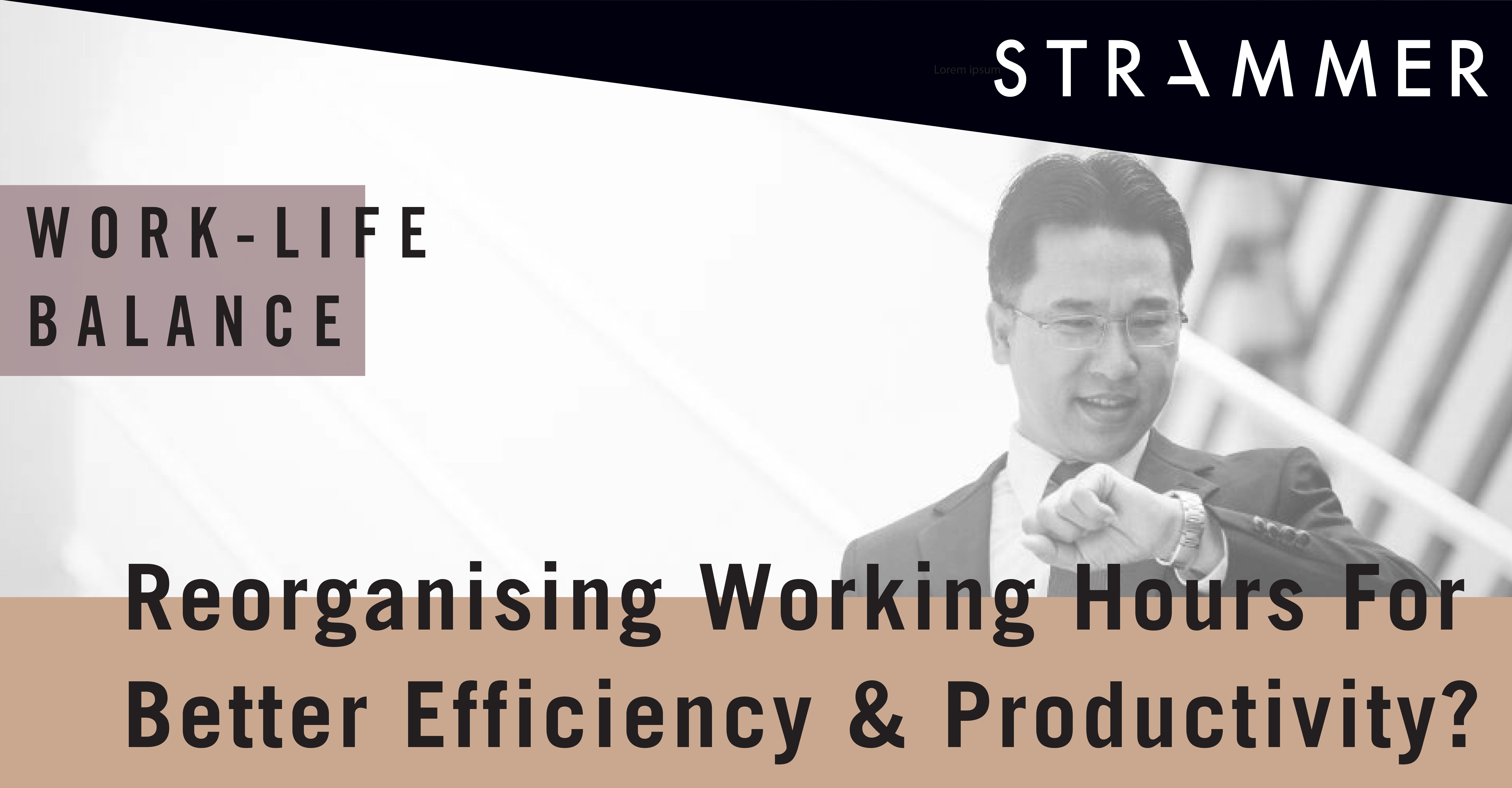Reorganising working hours
Many believe that success at work is synonymous with long working hours. But, as we may know, long working hours bring more disadvantages than advantages. For instance, according to the World Economic Forum, the UK has the longest working week. However, research from the same organisation shows that they are not the most productive country in the EU, and they struggle to maintain a work-life balance.
Other studies also show that long working hours lead to physical (hypertension, heart diseases) and psychological problems (burnout, depression).
It is essential to remember that companies’ working hours can have a huge impact on employees’ productivity, satisfaction and engagement. So, companies, their leaders and HR departments should ask themselves if their schedules are the most efficient ones or if they have been implemented following a trend.
For example, an interesting study from the Voucher Cloud showed that UK employees are only productive for about 3 hours, even if they spend an average of 8 hours at work. Linking this information with the one above demonstrates that the limit of our productivity is not our time, but our energy.
On the other hand, employees are also looking for changes in working hours. A 2018 Front survey showed that 60% of employees stated they would feel more “professionally fulfilled” if they could work one hour less. Companies also stated that it is easier to attract candidates by offering fewer working hours. Organisations and countries are starting to realise that working hours must change, if they want healthy employees and healthy workplaces.
In fact, some Swedish companies did a two-year experiment on the six-hour workday. These companies’ employees earned the same salary they had before the experiment.
First of all, the six-hour workday helps employees organise and prioritise their tasks more effectively. It is a way to limit distractions and interruptions, which helps them be more focused. This is advantageous not only for employees but also for companies. On the other side, workers will set more realistic goals, given they have less time.
If employees spend less time at work, they have more time to spend on other activities, such as spending time with family and hobbies. This contributes to achieve work-life balance. It also enhances productivity and job satisfaction.
In addition, employees who spend less time at work take fewer sick days. Given that, they are subject to less stress, have more time to engage in healthy activities and invest in their sleep.
The 6-hour workday is not the only model that exists to organise working hours. Other companies tried the 5-hour workday. But another model that has been gaining importance and promises results is the 4-day working week.
In the 4-day working week, workers are paid as if they worked for 5 days. Employees have one more free day, where they do not have to spend time and money on the commute or even on lunch. This gives them opportunities to have more personal time. For instance, Microsoft tried this strategy in Japan, during the last month of August. The results were very similar to those of the 6-hours workday experience: happier workers, higher levels of employee engagement and increased productivity.
Another interesting study conducted in New Zeeland in 2018 showed that after a company applied the 4-day working week, for 8 consecutive weeks, the work-life balance scores among workers increased from 54% to 78%.
Although the many positive advantages of shorter workweeks or shorter working days, it is important to remember that there are disadvantages. First of all, these models may not suit all businesses and surely not all employees, especially those who may be used to the traditional model. In addition, customers of these companies may find these new ways to organise work hours harmful to their businesses, given that their working hours will not be the same.
Another disadvantage in these new models to reorganise working hours: it is expensive. For example, in a nursing home where workers started working for 6 hours per day, it was necessary to hire about 15 new employees. But at the same time, in the same nursing home, patients stated they received better care and workers seemed less stressed. Also, employees took fewer sick leaves.
Thus, it is vital for companies to analyse their necessities and their workers’ needs to evaluate productivity and take actions to adapt quickly and create new working hours methods if required.
References:
- The Impact A 6-Hour Workday Can Have On Your Health And Well-Being, June 2019, THRIVE GLOBAL
- What You Need to Know About Sweden’s 6-Hour Work Day, October 2019, Productivity Theory
- What really happened when Swedes tried six-hour days?, February 2017, BBC
- Four-day week: trial finds lower stress and increased productivity, February 2019, The Guardian





